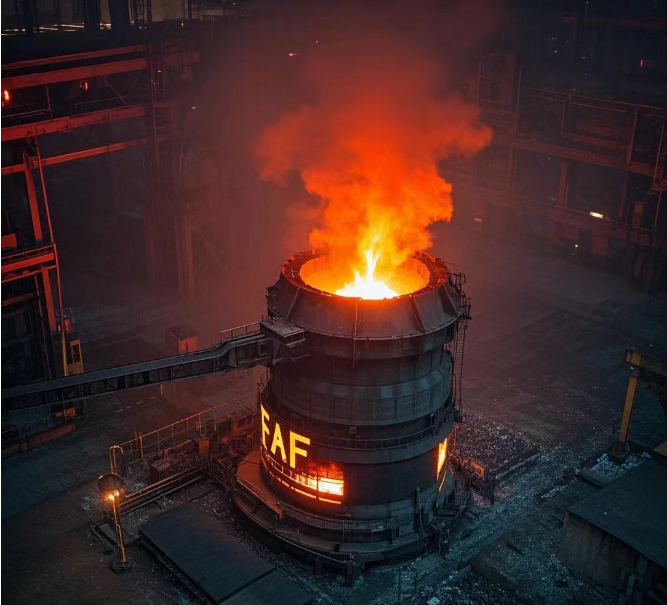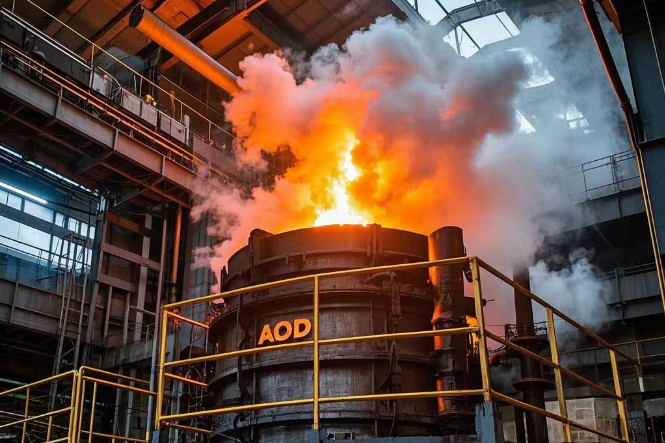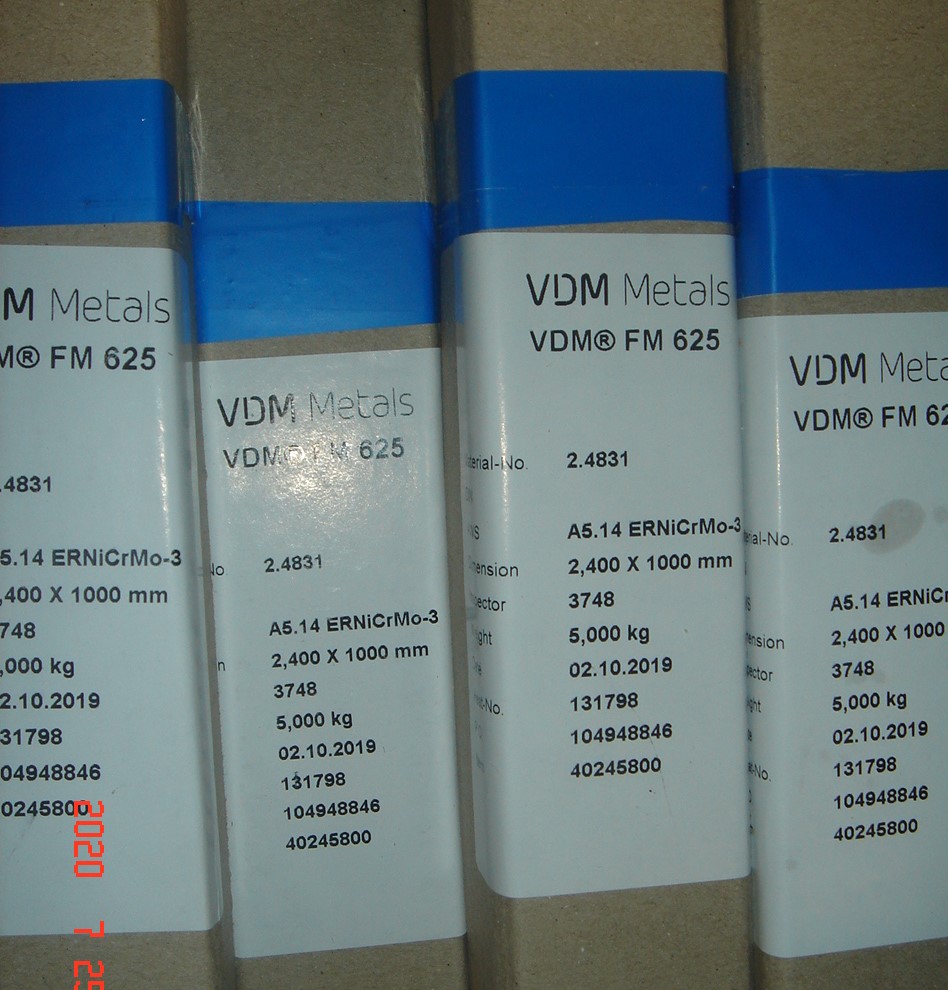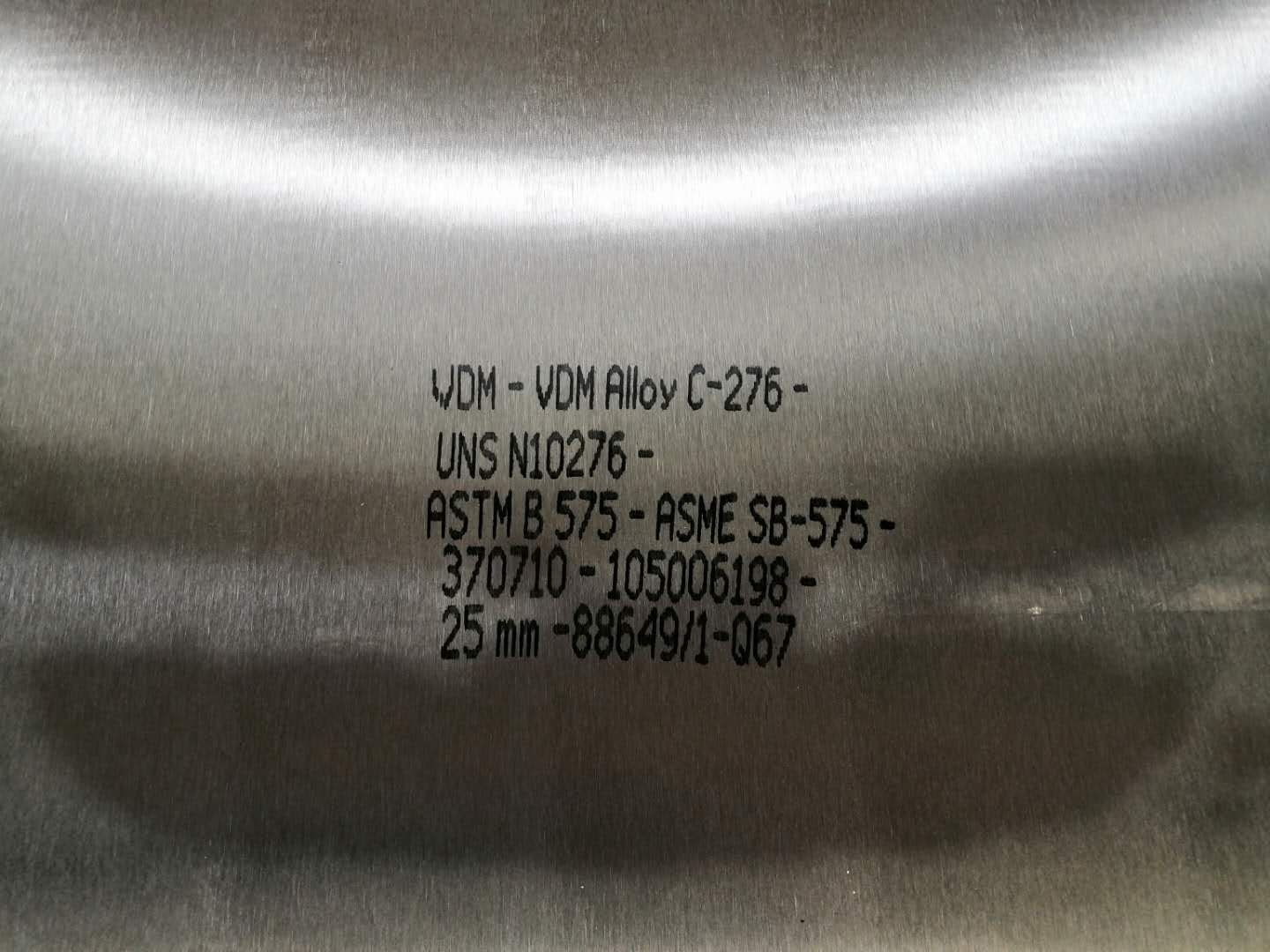The Smelting Process of Nickel-based Alloys
Author: Date:2024-12-20 Browse Volume:106 timesNickel-based alloys, as alloy materials with excellent properties such as high strength, high-temperature resistance, and corrosion resistance, are widely used in many high-end fields such as aerospace, energy, and chemical engineering. Globally renowned steel mills mostly adopt the EAF + AOD + ESR process for smelting nickel-based alloys. During the smelting process, EAF, AOD, and ESR play crucial roles, each with its unique process characteristics and functions. Today, let the author take you to learn about them. 01 The EAF (Electric Arc Furnace) consists of a furnace body, electrodes, a furnace cover, a tilting device, and electrical equipment. The furnace body, which holds the raw materials for nickel-based alloys, is usually cylindrical or oval. Graphite electrodes are the key heating elements. When energized, an arc is generated between the electrodes and the furnace charge. The arc releases extremely high temperatures of up to several thousand degrees Celsius, quickly melting the raw materials for nickel-based alloys, such as nickel plates, ferrochromium, and cobalt. In the smelting of nickel-based alloys, the EAF plays an important role in basic smelting. Firstly, it can rapidly melt various metal raw materials, providing a liquid metal foundation for subsequent refining and alloying. By controlling the arc power and smelting time, the melting speed and temperature of the metal can be precisely controlled to ensure the full fusion of all raw materials. Secondly, the EAF can make preliminary adjustments to the alloy composition at the initial stage of smelting. According to the design requirements of the nickel-based alloy, an appropriate amount of alloying elements is added to initially establish the basic composition framework of the alloy. In addition, the EAF is relatively flexible and can adapt to the needs of different raw material ratios and production scales. It has high economic efficiency and adaptability for the production of small batches and a wide variety of nickel-based alloys.

02 The AOD (Argon Oxygen Decarburization) furnace looks similar to a converter. Its main components include a furnace body, a lance, and a tilting mechanism. The furnace body is placed on a tiltable trunnion ring. Its working principle is to blow a mixed gas of O₂, Ar, or N₂ into the furnace at high temperatures and control the chemical reactions inside the furnace by adjusting the gas ratio. In the smelting of nickel-based alloys, the main function of the AOD furnace is refining and deep decarburization. Nickel-based alloys have strict requirements for carbon content. The AOD furnace can use the argon-oxygen mixed gas to reduce the partial pressure of carbon monoxide, promoting the preferential oxidation of carbon, thus achieving deep decarburization and reducing the carbon content to an extremely low level to meet the high-performance requirements of the alloy. At the same time, during the refining process, the AOD furnace can remove harmful impurities such as sulfur and phosphorus, further purifying the alloy liquid and improving the purity and quality stability of the nickel-based alloy. In addition, the AOD furnace can also make fine adjustments to the alloy composition during the refining process, precisely controlling the content of main elements such as nickel, chromium, and molybdenum to ensure the consistency and reliability of the alloy's performance, enabling it to maintain excellent performance in harsh environments such as high temperature, high pressure, and strong corrosion.

03
The ESR (Electroslag Remelting) furnace consists of a furnace body, a consumable electrode, a mold, a slag pool, and a metal molten pool. The consumable electrode is made of the nickel-based alloy ingot or bar to be refined and serves as the anode, while the mold serves as the cathode. The current passing through the slag pool generates resistance heat to melt the consumable electrode. The role of the ESR furnace in the smelting of nickel-based alloys is mainly reflected in further purification and improvement of the organizational structure. It can effectively remove tiny inclusions in the nickel-based alloy, such as oxides and sulfides, significantly improving the purity of the alloy, which is crucial for enhancing the fatigue strength, toughness, and creep resistance of the alloy. At the same time, during the remelting process in the ESR furnace, the alloy slowly solidifies in the mold, forming a uniform and dense grain structure, reducing the segregation phenomenon and further optimizing the internal structure of the alloy, thereby improving the comprehensive performance of the nickel-based alloy. After being processed by the ESR furnace, the nickel-based alloy ingot meets higher standards in terms of quality and performance, meeting the requirements of high-end application fields such as aircraft engine blades and gas turbine components that demand extremely high material performance. It provides reliable material support for these key components, ensuring their safe and stable operation under extreme conditions.
The differences between genuine imported products and domestically produced narrow metal-rolled strips.
Next:Application of N06625 in aerospace




